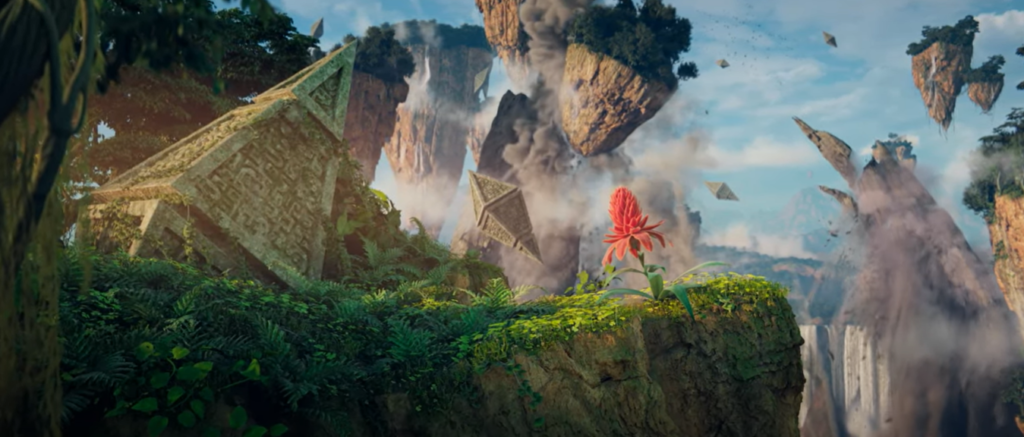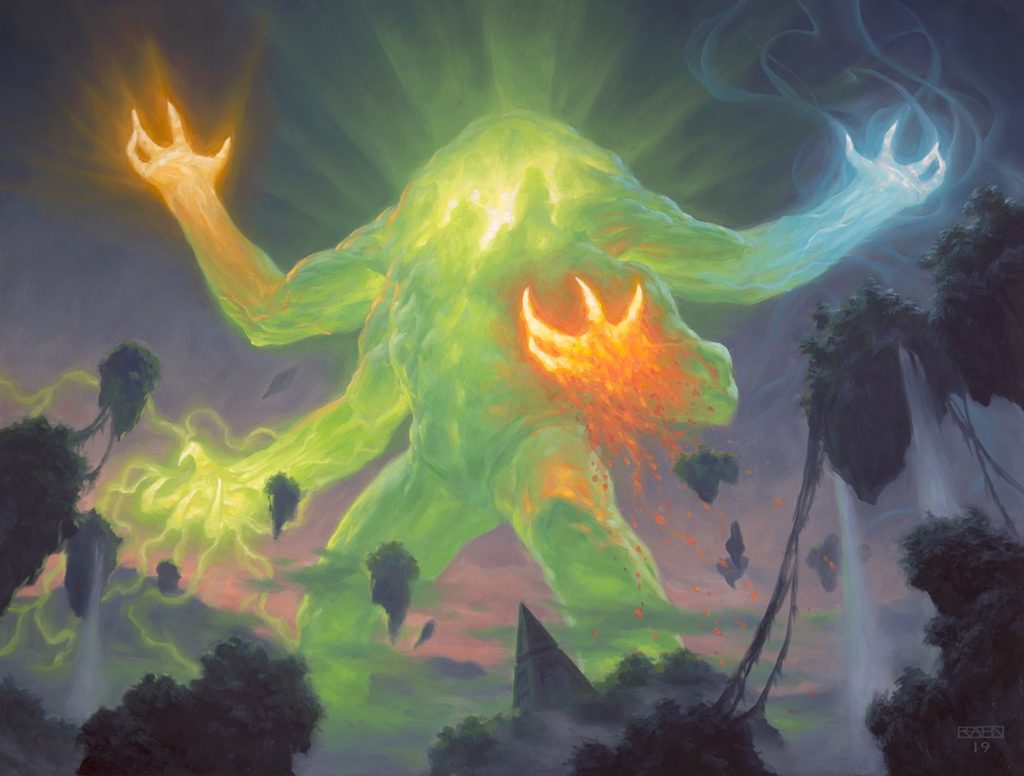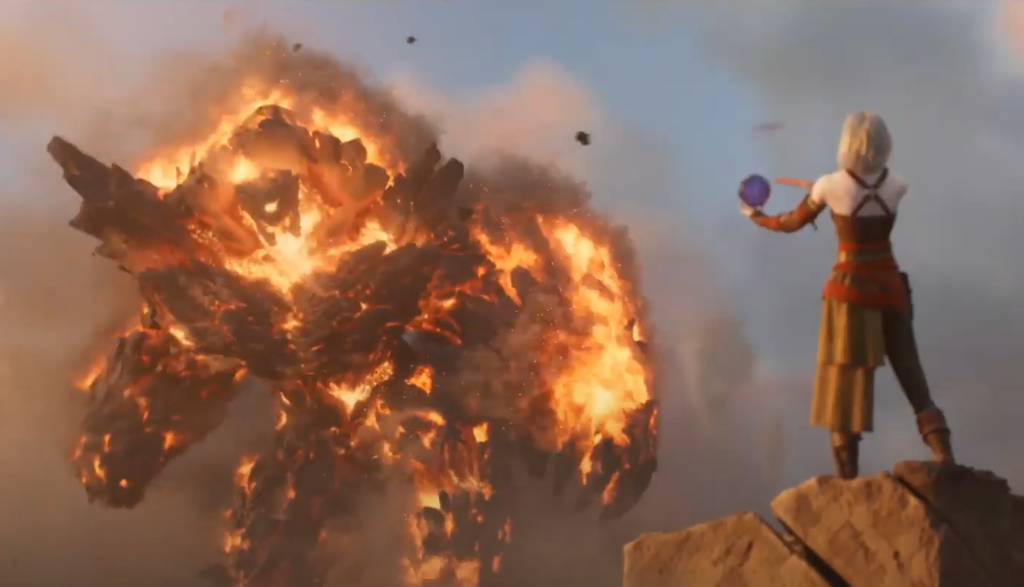To cherish what remains of the Earth and to foster its renewal is our only legitimate hope of survival. —Wendell Berry
The image of a healing world is particularly poignant in recent years. Numerous environmental activists—from indigenous water protectors at Standing Rock, to the prophetic voice of younger activists like Jamie Margolin, Greta Thunberg, and Jonah Gottlieb—call us to reimagine our stewardship of water and forests, to quell our extraction of natural resources from the earth.
When global business lurched to a pandemic-induced standstill this spring, the imaginations of the nature-minded were already primed to look for signs of what might happen when humans stopped burning gasoline and frequenting public spaces. A March 20 National Geographic article by Natasha Daly reported that people around the globe were sharing pictures that purported to show nature slowly reclaiming the ground that humans had ceded in their quarantines. While air quality had improved in many places—with visibility increasing dramatically in the Himalayas, for example—the interpretations of the photos were mostly incorrect. For example, photos showing the water in Venice’s canals becoming clear and teeming with marine life were interpreted as a decrease in pollution, but this wasn’t the case: a spokesman for Venice’s mayor reported to CNN that marine life has long lived in the canals; less boat traffic simply enabled it to be more easily seen. “The water now looks clearer because there is less traffic on the canals . . . boat traffic that usually brings sediment to the top of the water’s surface.”
Why are people so ready to assume nature’s resurgence in our absence? Susan Clayton, professor of psychology and environmental studies at the College of Wooster, in Ohio, was quoted as saying, “I think people really want to believe in the power of nature to recover . . . . People hope that, no matter what we’ve done, nature is powerful enough to rise above it.” And of course, right on time, we have a new Magic set, Zendikar Rising. Our last expedition to Zendikar saw a world devastated by the extraction of its mana. Vast swathes of the plane were laid to waste when unwitting planeswalkers released the captive Eldrazi. Zendikar Rising invites us back to contemplate what a healing world looks like, and how our understanding and expectations of that process may be deeply flawed.

The Soul of the Wild
Zendikar, perhaps more than any other plane, puts ecological devastation and recovery front and center. It does so with a twist: it has one of the most active worldsouls of any plane in Magic’s multiverse. The concept of a worldsoul, or anima mundi, has its western origins in ancient Greek philosophy and analogues in many of the world’s religious traditions. Plato summarizes it well in his Timaeus, in which the titular character says to Socrates, “this world (kosmos) has verily come into existence as a Living Creature endowed with soul and reason” and embracing and containing within itself all living creatures (Tim. 30b-c). The worldsoul is the principle of the world’s existing at all, and also the connection that exists between everything on the planet. On Zendikar, rather than a spirit with which humans are related but seldom encounter, the plane’s denizens find themselves in constant negotiations with nature, which shifts and moves in ways that make it impossible to deny its inner life. The adventure that awaits on Zendikar is made thrilling in part because the terrain that adventurers and planeswalkers traverse is itself chaotic and untameable; Zendikar resists all attempts to master it. Indeed, the very notion that we could “master” the world is central to the conflict of Zendikar Rising.
Among peoples of European descent, influenced as we have been by the spread of Christianity, the idea that humans have been given “dominion” (cf. Genesis 1:26-29) over the natural world has often been understood in light of our political worldview. This was especially obvious during the Scientific Revolution, when Francis Bacon poignantly and disturbingly described our efforts at mastering the secrets of nature in terms borrowed from the juridical inquisition of prisoners and witches. Carolyn Merchant, in her most famous work, The Death of Nature, summarizes this: “[For Bacon,] the interrogation of witches [was a] symbol of the interrogation of nature, the courtroom as model for its inquisition, and torture through mechanical devices as a tool of the subjugation of disorder were fundamental to the scientific method as power” (172). In a later work, she quotes how other philosophers received Bacon’s writings, saying that:
In 1696 Leibniz wrote about “the art of inquiry into nature itself and of putting it on the rack—the art of experiment which Lord Bacon began so ably.” Four years later, Jean Baptiste du Hamel, secretary of the Paris Academy of Sciences, wrote, “We discover the mysteries of nature much more easily when she is tortured [torqueatur] by fire or some other aids of art than when she proceeds along her own road.” (526)
Merchant’s thesis is that this kind of rhetoric reflected the culture at the time, but also reinscribed attitudes toward nature that may well have contributed to its exploitation.

Zendikar, however, imagines what might have been if the worldsoul of Earth expressed itself and fought back in a more fantastic way. Zendikar defends itself with the Roil, the churn of the world’s mana manifested in earthquakes, typhoons, and elementals like Ashaya, Soul of the Wild, and Omnath. Not unlike the Kaiju I wrote about in my first essay of this series, the manifestation of Omnath is a symbol of our relationship with the world around us: as the plane reacts in anger to assaults by the Eldrazi and to treasure-hunting expeditions by adventurers and planeswalkers, we see Omnath, Locus of Rage, and Omnath, Locus of the Roil. Now, as the plane seeks to heal, we see Omnath, Locus of Creation.
This paradigm of conflict—“man vs. nature”—isn’t devoid of truth. This year wildfires, tornado-spawning derechos, and hurricanes have cost a number of people their homes if not their lives. It’s these kinds of tragedies that we encounter Nahiri striving to prevent in A.T. Greenblatt’s recent Zendikar Rising story, “In the Heart of Skyclave,” as well as in the trailer for the set. Hoping to calm to the unpredictable Roil so that the denizens of Zendikar might build stable, peaceful societies like the vast kor empire she remembers from millenia ago, Nahiri seeks the lithoform core—a powerful artifact that subdues the explosive vitality of Zendikar, but at the cost of elemental life. For Nahiri, “it’s us or them,” even if there’s some collateral damage along the way.

Even if we took the side of nature, however—either in Zendikar, or in our real lives—this would merely invert the Baconian rhetoric—that problematic logic of “dominion”—that Merchant critiques. In an essay from June, Nayanika Mathur cautions against narratives of “ecological restoration” from this pandemic that re-inscribe these very binaries. Highlighting the interwovenness of human and non-human lives in places like India, Professor Mathur points to research that highlights how animals have survived and even thrived alongside humans—with some even becoming accustomed to and sometimes depending upon our regular habits of moving about the urban landscape. Rather than imagining the world in this stark relationship of “us” and “them,” we are encouraged to reconsider how we co-exist as part of an eco-system, and all the ways in which these binaries have led us to contribute negatively to climate change, the sixth mass extinction, and even the current pandemic.
Even prior to Nissa’s horror at Nahiri’s actions, Kimberly Kreines’s “For Zendikar” shows the Sage Animist breaking free of this this dualistic worldview:
Zendikar had not asked her to do this alone. It had not chosen her; there had been no choice to make. She was part of the world, connected to it like every other living thing. A tree does not choose a branch, the branch is merely part of the tree; it is one with the tree. When the tree grows, when the tree bends, or when the tree falls . . . so too does the branch. And when the branch rustles, when it sprouts leaves or bears fruit, so too does the tree. Nissa could not be chosen by Zendikar and she could not choose Zendikar, for she was one with Zendikar.
Where Nahiri understands her guardianship of Zendikar as being only or primarily about its people, Nissa rejects any strong distinction between the plane and all those creatures—elemental, kor, or otherwise—who call it home.
Imagining the Cure
Thus we come to the conflict of Zendikar Rising, between Zendikar’s two guardians and their two worldviews: Nahiri, wracked with guilt for past mistakes, seeks to restore the world of her youth, with its prosperous kor empires, by subduing the plane’s animus, even at the cost of its vitality. Nissa, connected to and aware of the worldsoul, understands that protecting Zendikar is not about achieving mastery of the world, but harmony among the elements that are all connected in and through the anima mundi.
This has striking and interesting parallels to the early modern originator of “elementals” as we know them in fantasy games like Magic: the Gathering, Paracelsus. As a physician, Paracelsus led a medical revolution by literalizing and physicalizing the ancient analogy of the human as microcosm of the world. A healthy person, he surmised, would be in harmony with nature; to Paracelsus, this harmony transcended the state of one’s spiritual life to include the idea that our bodies might be cured of ailments through the use of certain balances of minerals, herbs, and chemical combinations or distillations of the two. It should not surprise us, then, that Paracelsus was a kind of pantheist. Like Plato and the Stoics before him, he understood the universe as a kind of living organism, permeated by a living spirit—a worldsoul—and that the totality of this was “God.”
Zendikar Rising taps into this ancient pantheistic worldview alongside numerous other fantasy tropes that—like photos of clear water, clear skies, and curious wildlife—excite us and pique our imaginations. However, the set’s use of the familiar and compelling narrative of a healing world puts front and center questions of how we imagine this story. When we imagine our own world or Zendikar Resurgent, however well-meaning our intentions, do we fall into dualistic patterns that imagine either humans or nature coming out the winner? Or do we have the capacity to imagine what harmony might look like? As I write, we haven’t yet been able to glean the whole story of Zendikar Rising, and we don’t know how and whether Nissa and Nahiri will navigate these questions; but as they struggle with these and against one another in the set’s cards and fiction, we are also afforded an occasion to imagine a more verdant, peaceful world.
Recommended Media:
Roger S. Gottlieb, ed. The Oxford Handbook of Religion and Ecology (Oxford Handbooks, 2010)
A.T. Greenblatt, “Episode 1: In the Heart of Skyclave”
John Hart, ed., The Wiley Blackwell Companion to Religion and Ecology (Wiley Blackwell: 2017)
Kimberly J. Kreines, “For Zendikar”
Carolyn Merchant, The Death of Nature: Women, Ecology, and the Scientific Revolution, (Harper San Francisco: 1980)
Jacob Torbeck is a researcher and instructor of theology and ethics. He hails from Chicago, IL, and loves playing Commander and pre-modern cubes.

